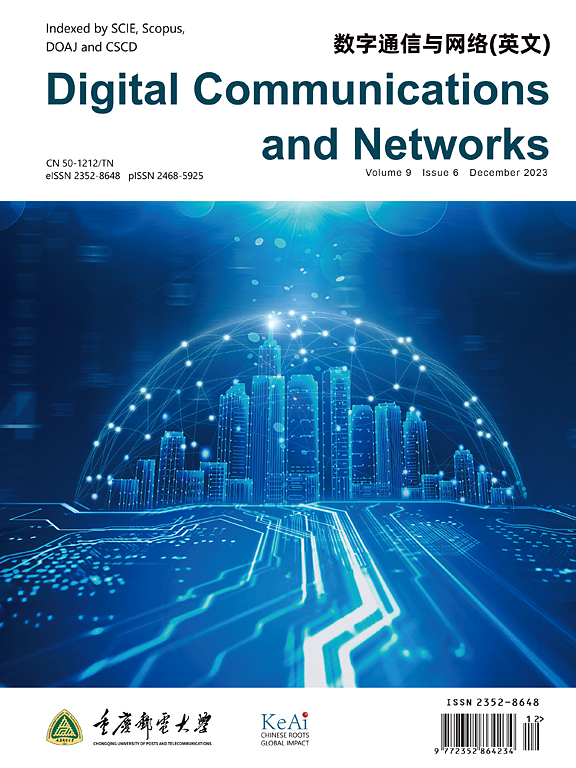High-throughput SatCom-on-the-move antennas: Technical overview and state-of-the-art
IF 7.5
2区 计算机科学
Q1 TELECOMMUNICATIONS
引用次数: 0
Abstract
With the rapid development of satellite communications, satellite antennas attract growing interest, especially the high-throughput SatCom-on-the-move antenna for providing high-speed connectivity in a mobile environment. While conventional antennas, such as parabolic dishes and planar waveguide arrays, enjoy a growing market, new kinds of antennas keep on emerging to meet diversified requirements in various satellite communication scenarios. This paper first introduces the design requirements, categories, and evolutions of SatCom-on-the-move antennas, and then discussed representative designs of mechanical scanning antennas and electronic scanning antennas, including their structures, principles, characteristics, and limitations in practical applications. Given the new requirements of satellite communications, this paper also highlighted some of the latest progress in this field, including the Monolithic Microwave Integrated Circuit (MMIC)-based phased array antenna, the metasurface-based phased array antenna, and their hybrid versions. Finally, some critical challenges facing future antennas are discussed. It is believed that it's necessary to put concerted efforts from antenna, microwave, and material communities, etc., to advance SatCom-on-the-move antennas for the upcoming era of satellite communication.
高吞吐量移动式卫星通信天线:技术概述和最新进展
本文章由计算机程序翻译,如有差异,请以英文原文为准。
求助全文
约1分钟内获得全文
求助全文
来源期刊

Digital Communications and Networks
Computer Science-Hardware and Architecture
CiteScore
12.80
自引率
5.10%
发文量
915
审稿时长
30 weeks
期刊介绍:
Digital Communications and Networks is a prestigious journal that emphasizes on communication systems and networks. We publish only top-notch original articles and authoritative reviews, which undergo rigorous peer-review. We are proud to announce that all our articles are fully Open Access and can be accessed on ScienceDirect. Our journal is recognized and indexed by eminent databases such as the Science Citation Index Expanded (SCIE) and Scopus.
In addition to regular articles, we may also consider exceptional conference papers that have been significantly expanded. Furthermore, we periodically release special issues that focus on specific aspects of the field.
In conclusion, Digital Communications and Networks is a leading journal that guarantees exceptional quality and accessibility for researchers and scholars in the field of communication systems and networks.
 求助内容:
求助内容: 应助结果提醒方式:
应助结果提醒方式:


